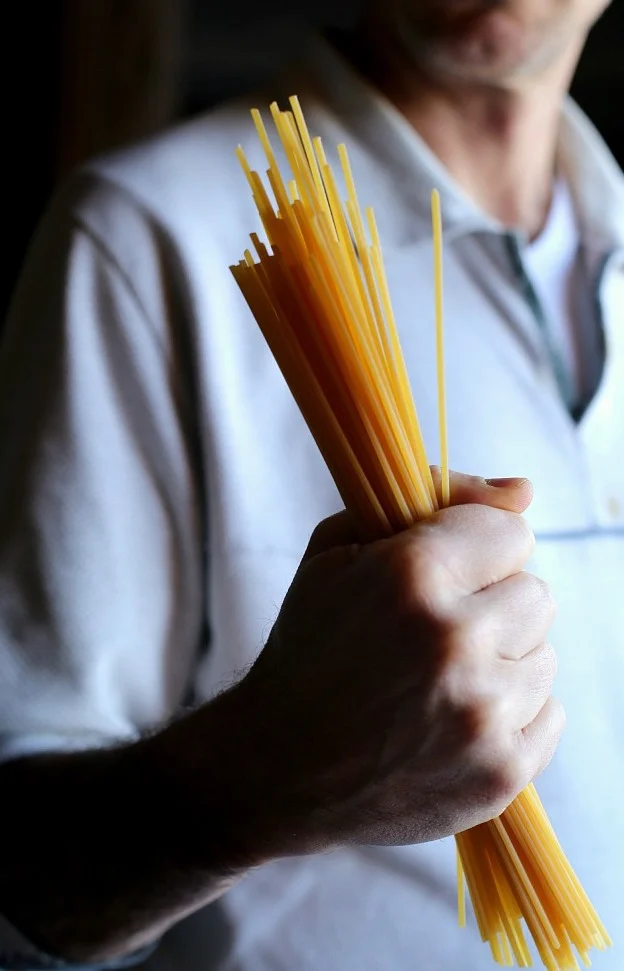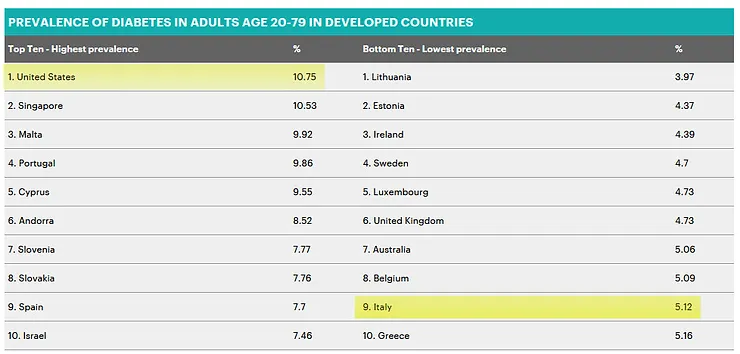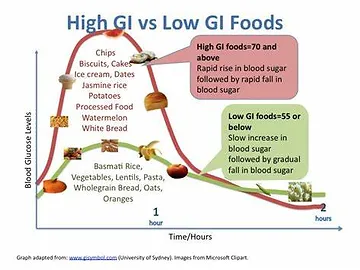Having diabetes does not mean that if you like pasta, you will now have to give it up. It does however mean that you should be choosier about the types of pasta you eat (The Diabetes Council Team).

I'm a diabetic, a doctor and an Italian and of course I love pasta. You might think that this is a problem yet it may surprise you that diabetes in Italy* is lower than in the US. But then again the pasta in Italy is much different than the pasta most Americans are used to.

*world population review.com
Pasta was known in Italy from at least 1000 A.D. During the 15th and 16th centuries it was manufactured by specialized guilds. Today in Italy the commercial manufacturing and labeling of pasta for sale as a food product within the country is highly regulated. Pasta is considered to be a national treasure. No country in Europe consumes as much pasta as Italy. In 2022, Italians ate an average of 23 kilograms of pasta annually (about 51 pounds) and each plate is carefully considered.

So How Do You Determine the Quality of Pasta?

Meet Matt, a standard for quality Italian pasta. He can tell us a few things about what makes a quality Italian pasta and why it is considered to be so special. Matt is a varietal of durum organic heritage wheat farmed in southern Apulia. Grown at km 0, (short for zero kilometers), Matt is sourced from selected farms, stored in dedicated silos and ground into semolina flour within 24 hours of production. Matt is used to make pasta by Pastificio Felicetti who has been producing pasta in the upper Val di Fiemme of the Italian Dolomites for four generations. Using clear stream water and dried in the high mountain air, Matt Monograno pasta has 3 times the fibre of conventional pasta and 30% higher protein content. Made using a singular grain and a singular process, the wheat is ground into flour in a single line of production, from field to table with minimal processing to preserve its distinctive natural qualities. Pastifico Felicetti works with Italian farmers, focusing on organic farming with a 100% Italian supply chain and a commitment to the responsible use of the land and resources.
Key qualities of a well-made Italian pasta
durum organic heritage wheat, robust nutritional properties, generational producer, single line of production, organic farming, Italian farmers,100% Italian supply chain, commitment to the responsible use of the land and resources.
Good Source of Carbs

Choosing a good quality pasta is about picking a good source of carbs with a low glycemic index. Pasta is considered to be a “slow carb” meaning that the slowly digested carbohydrates provide energy without causing a rapid increase in blood sugar. The GI value (glycemic index) of most shapes and sizes of pasta is between 30 and 60. The lower end can be achieved by choosing a high quality whole grain pasta.
Important Considerations for Diabetics Who Love Pasta

Quality and nutritional value are important to consider for diabetics who love pasta. But there are other factors diabetics should look at when choosing and using pasta including appearance. The subtle ridges and rough texture of well-made pastas are not for show. The ridges and roughness are due to the dies or moulds through which the pasta dough is pressed and extruded. Bronze die cuts produce a better pasta because of its rough, porous surface. My friends from Perugia, Pinota and her son Luigi who has a doctorate in agronomy gave me my best lesson yet on pasta. Look at the grain of the pasta. A good quality pasta is roughly textured because the rougher the outside of the pasta the better the sauce will adhere giving a more uniform and consistently satisfying flavor to each bite. Lesser quality pasta extrudes the dough through Teflon dies resulting in a pasta with a smooth surface and slippery noodles that sauce can’t hold on to resulting in an over-sauced pasta that not only overpowers the subtlety of the pasta but adds more sugar, salt and calories to the dish.

Cooking pasta al dente is not only the traditional way to eat pasta but brings pasta to the table at its very best while supporting its nutritional value. Pasta in Italy is never overcooked. Overcooking pasta can lead to a loss of nutrients and flavor and affects the pasta’s glycemic index. According to the Glycemic Index Foundation, to avoid raising a pasta's GI value, boil it only until al dente.
Italians have strong views on the ideal pasta portion, about 1/2 - 1 cup per serving. This is about half the size of a serving of a typical pasta in the US and is significant when considering pasta for diabetics. According to the Diabetes Plate Method recommended by the American Diabetes Association, portioned meals with a healthy balance of vegetables, protein and carbohydrates are an essential part of a diabetic food plan. The Italian style of eating with a small portion of pasta as a first course or primi followed by a protein as a second course accompanied by a contorno or side dish of vegetables or greens fits the diabetic protocol for proportionality in meal planning.
Key qualities of a well-made Italian pasta
nutritional value, bronze die extrusion, proper cooking, moderate portions, meal planning
Choose Wisely
Not all pasta is created equal especially if you’re a diabetic. Look at the grain, the source and the method of production. Cook it properly and like anything else, enjoy it in moderation and don’t overindulge in one particular food or food group. Diabetics can eat bolognese, carbonara and bucatini all’amatriciana with all the authenticity of Italian pasta. Yes, you can still eat pasta if you’re diabetic. Just remember if you are going to have pasta, do it like the Italians!
